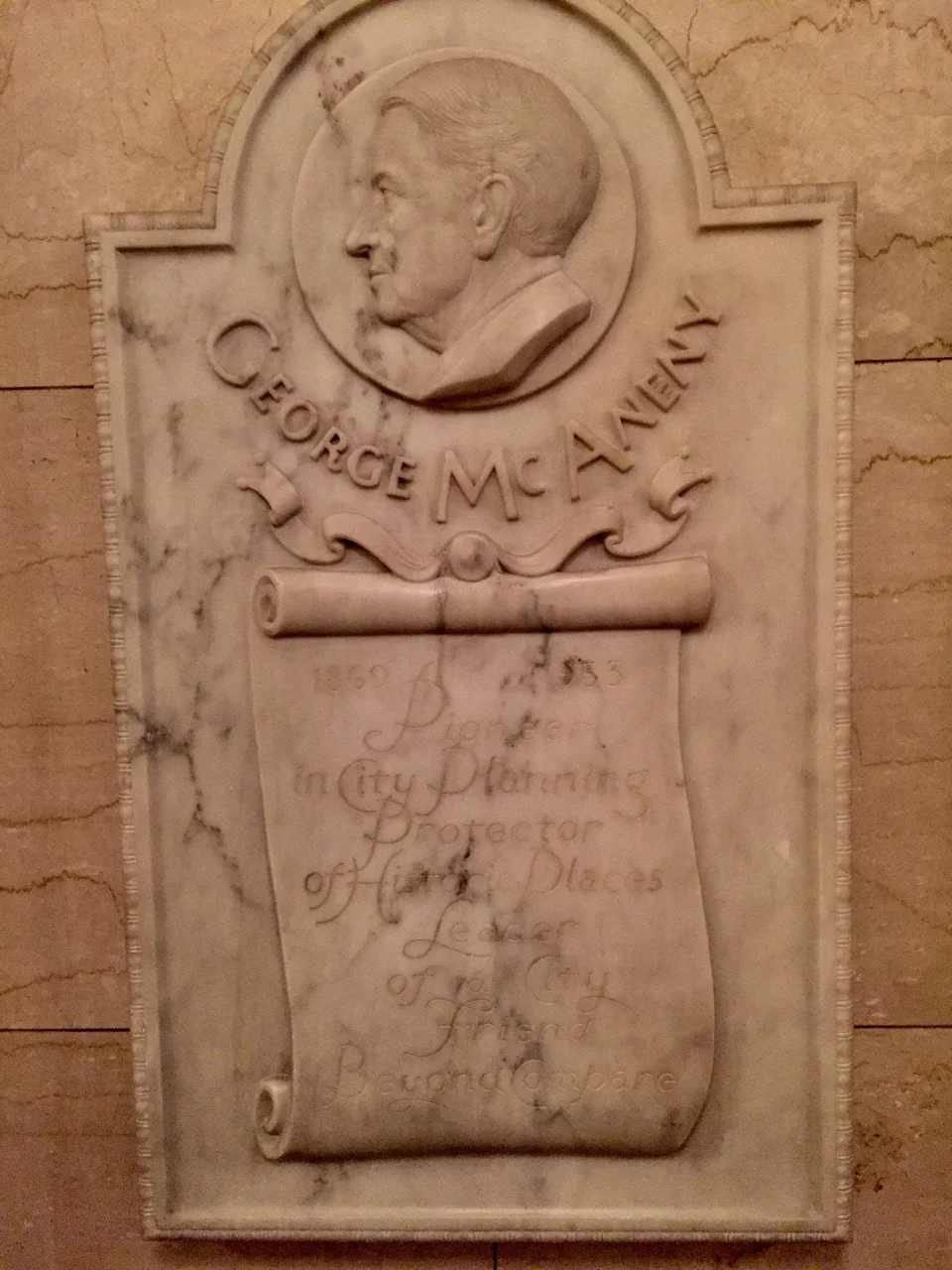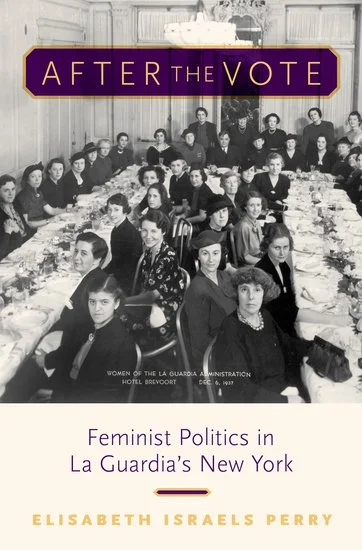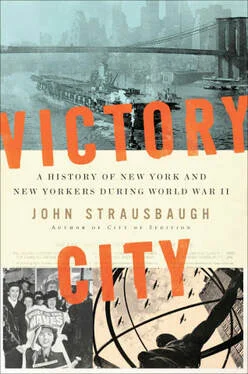Remembering George McAneny: The Reformer, Planner, and Preservationist Who Shaped Modern New York
By Charles Starks
The power to shape the built environment on a metropolitan scale is inevitably shared, contested, and compromised, especially in a city-region as large, diverse, and fragmented as New York has been for the last two centuries. Despite the fervent wishes of more than a few of its leading citizens, the city has never been friendly ground for would-be visionaries seeking to brusquely mold the city’s form to suit their wills—the tech mogul Jeff Bezos being only the latest to find himself chagrined by Gotham’s aversion to imperious planners.
Read More









